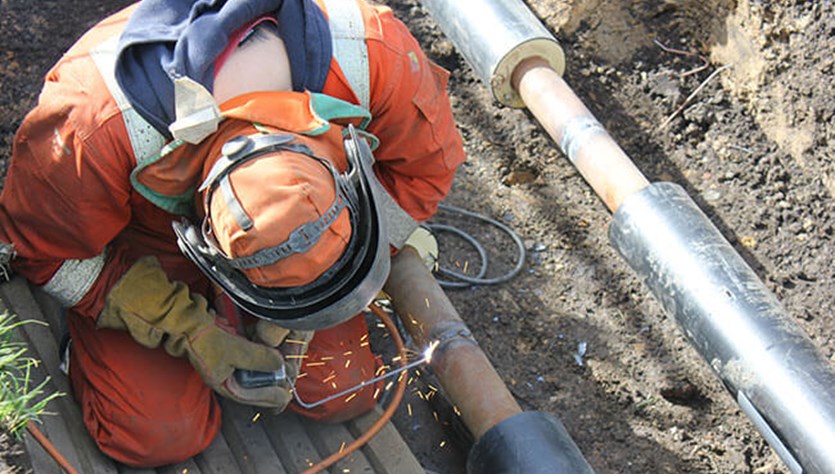Leeds City Council are improving the air quality in Leeds and reduce the City’s carbon emissions, whilst also providing homes and businesses with more reliable and lower cost heating. This project is one of the UK’s largest Heat Networks connecting 1,983 homes and is now expanding to the City Centre, where it will connect iconic buildings. Heat is extracted from the Recycling Energy & Recovery Facility (RERF) and is distributed to via at 19km district heating network.
With funding assistance from West Yorkshire Combined Authority (WYCA), Leeds City Region Enterprise Partnership and the European Regional Development Fund (ERDF), the council have invested £35m into connecting 1,983 properties and numerous businesses to an efficient district heating network.
This will be one of the UK’s largest district heating networks and has the capacity grow in the future to connect further buildings in and around Leeds city.
We have designed, built, will operate and maintain the solution, which consists of the construction of two new energy centres and a 16.5km district heating network to reduce carbon emissions by 11,000 tonnes per year, and reduce fuel bills by between 10-25%. Additional benefits for the area include employment opportunities, local skills development, and investing 60% of project spend into local businesses.

We designed a solution whereby an energy centre at Cross Green would harness steam from the Veolia operated Recycling and Energy Recovery Facility (RERF), converting it into low temperature hot water and feeding it through a 16.5km district heating network to supply heat and hot water for 26 apartment blocks and businesses. An additional energy centre was constructed at Saxton Gardens to act as an energy top-up to provide additional resilience for the network.
Each of the 1,983 properties will benefit from a new heating and control system to replace their inefficient boilers and radiators. This includes the installation of a heat interface unit (HIU) to provide more reliable and safer heating and hot water to the homes in replacement of the aging boiler. The residents also received an intelligent control system including a new thermostat to control the supply and a smart meter to monitor their usage.
We are providing the operation and maintenance services for all aspects of the scheme for various time periods: 12 years for the energy centres and the district heating network, and 5 years for the HIUs within the multi storey flats.